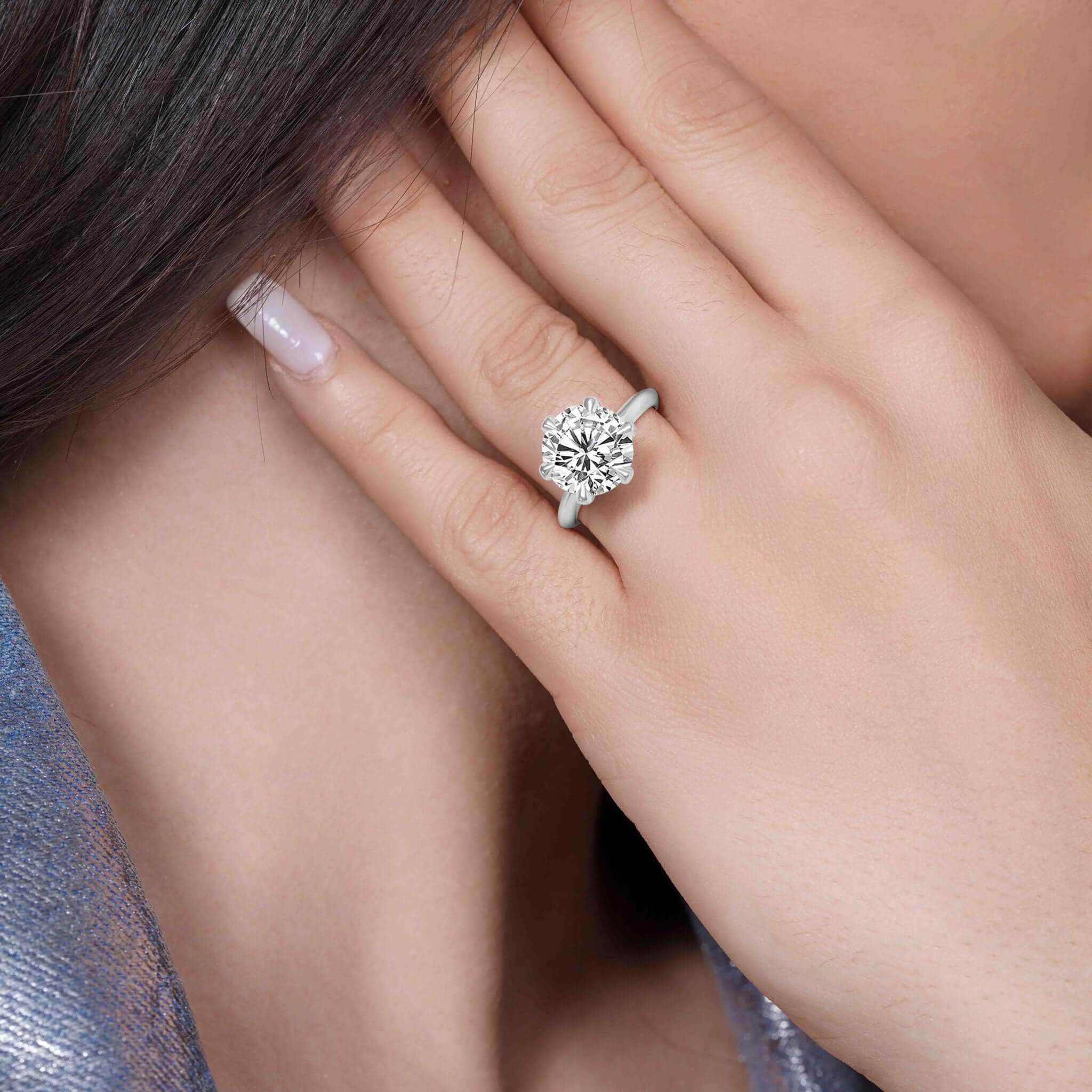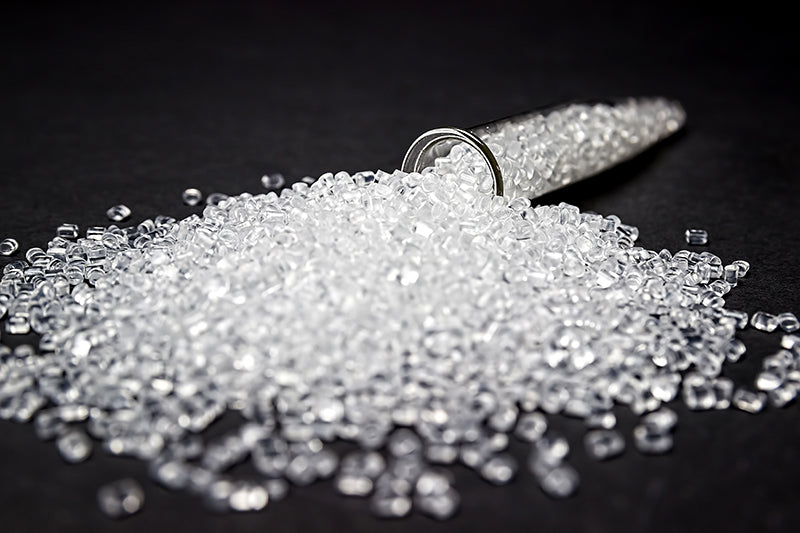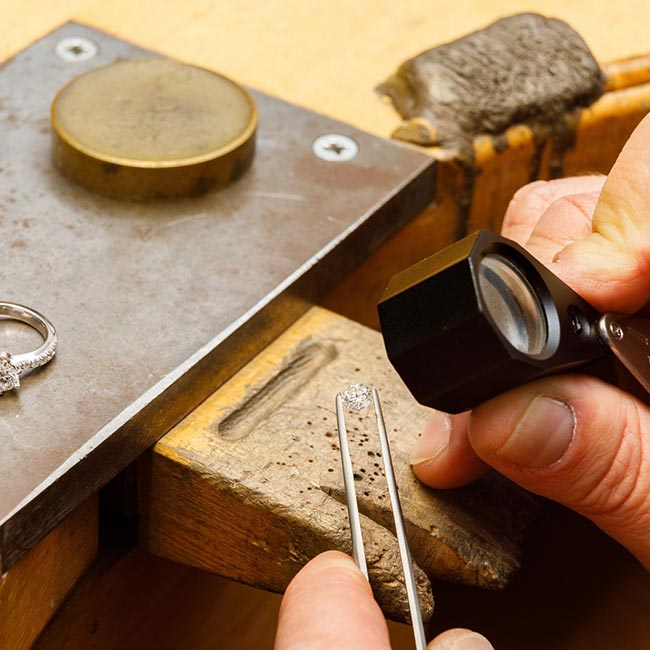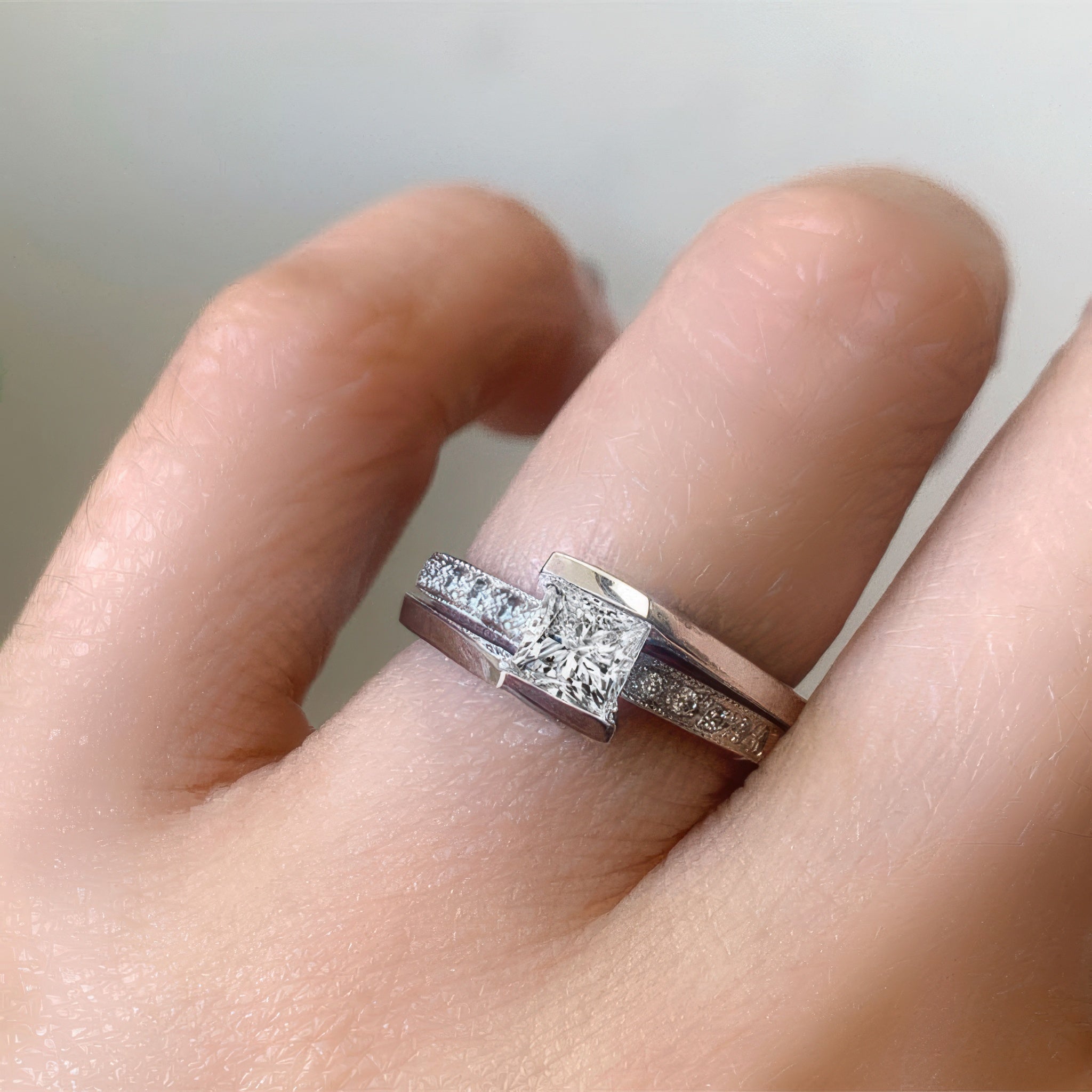
Lab-Grown Diamonds: A Socially Conscious Alternative for Fine Jewelry
Looking for a diamond alternative? Lab-grown diamonds offer the same brilliance as natural diamonds without the high price or ethical concerns. They are available in engagement rings, wedding bands, pendants, earrings, and bracelets, making them a popular, eco-friendly choice.
What Are Lab-Grown Diamonds?
Lab-grown diamonds (also called man-made, synthetic, or cultured diamonds) are created in a controlled environment using the same carbon structure as natural diamonds. According to GIA, they have identical chemical, optical, and physical properties as earth-mined diamonds.
👉 Synthetic and natural diamonds look identical to the naked eye.
Lab-Grown Diamond History
1950s – First synthetic diamonds created for industrial use (telecommunications, laser optics, etc.)
1970s – General Electric produced the first gem-quality synthetic diamonds
Mid-1980s – Lab-created diamonds became commercially available but were small and yellowish
2000s – CVD diamonds entered the market
Mid-2010s – Colorless lab diamonds became widely available
Benefits of Lab-Grown Diamonds
✅ Ethical & Conflict-Free – No mining, no questionable supply chain
✅ Affordable – Get a larger or higher-quality diamond for less
✅ Same Look & Durability – Sparkles like a natural diamond and rates 10 on the Mohs hardness scale
✅ Customizable – Available in all popular shapes, sizes, and settings
Commonly Asked Questions About Lab-Grown Diamonds (FAQ)
Are Lab-Grown Diamonds Real?
Yes. They have the same crystal structure and brilliance as natural diamonds. They are not cubic zirconia or moissanite.
Do Lab-Grown Diamonds Hold Value?
Yes, but their resale value is lower than natural diamonds. However, their affordability offsets this cost.
Are Lab-Grown Diamonds Cheaper?
Yes! Lab diamonds are significantly less expensive, allowing you to buy a larger or higher-quality stone for the same budget.
Are Lab-Grown Diamonds Good Quality?
Yes! They have the same brilliance, fire, and durability as natural diamonds. They are cut and faceted the same way to maximize sparkle.
Are Lab Diamonds Fake?
No. They are real diamonds, just grown in a lab instead of mined from the earth.
Are Lab Diamonds Ethical?
Yes. They are a socially conscious, eco-friendly choice that eliminates the ethical concerns associated with natural diamond mining.
Looking for the perfect lab-grown diamond?
👉 Browse our collection and design your dream ring today!


